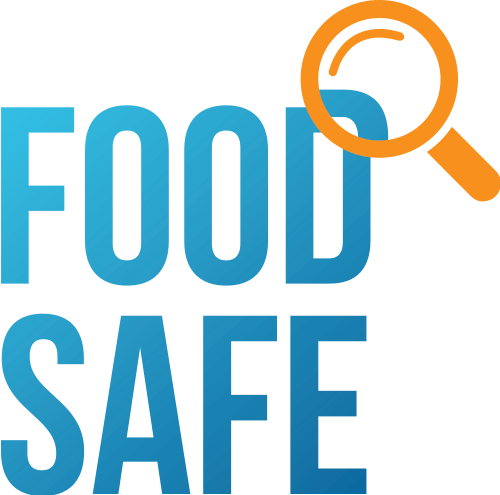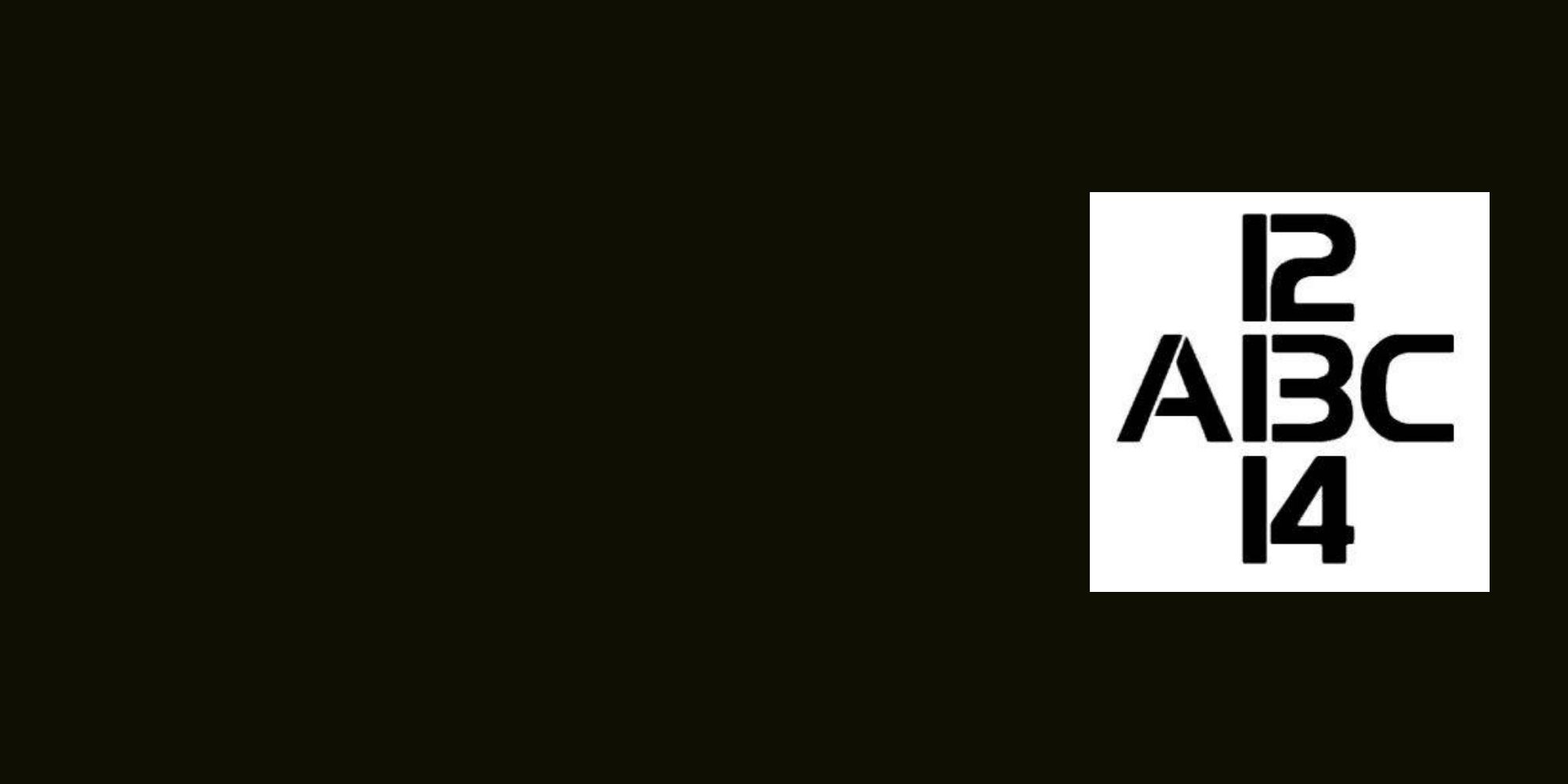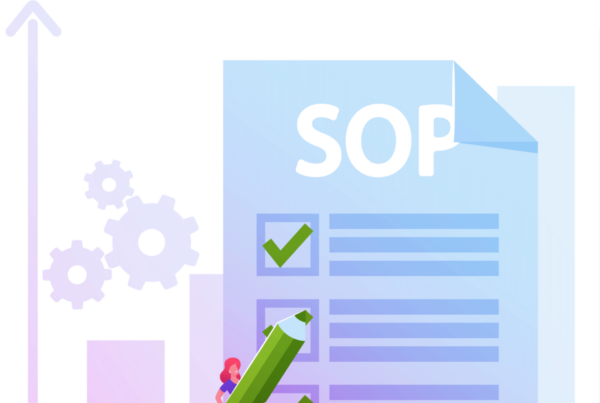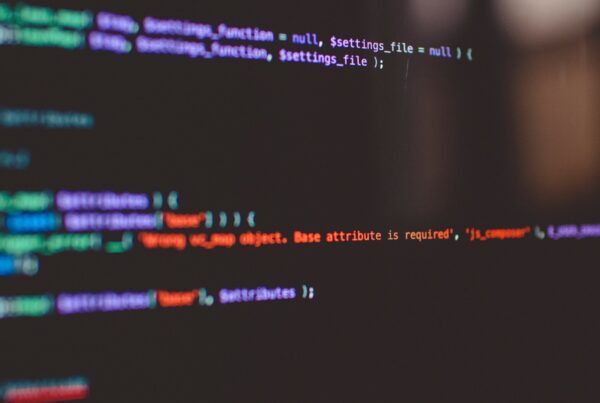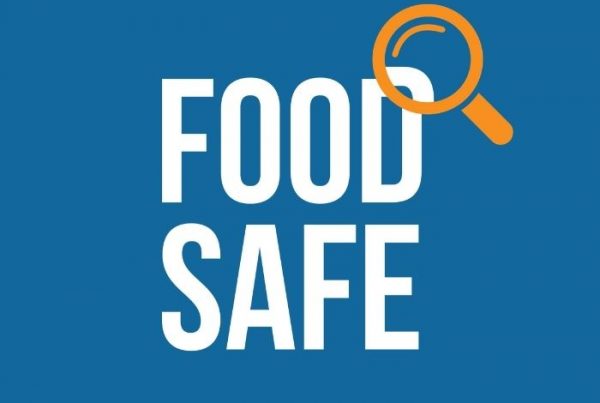First of all, what is Confirmation Bias?
Confirmation Bias refers to the tendency to selectively search for and consider information that confirms a belief or assumption.
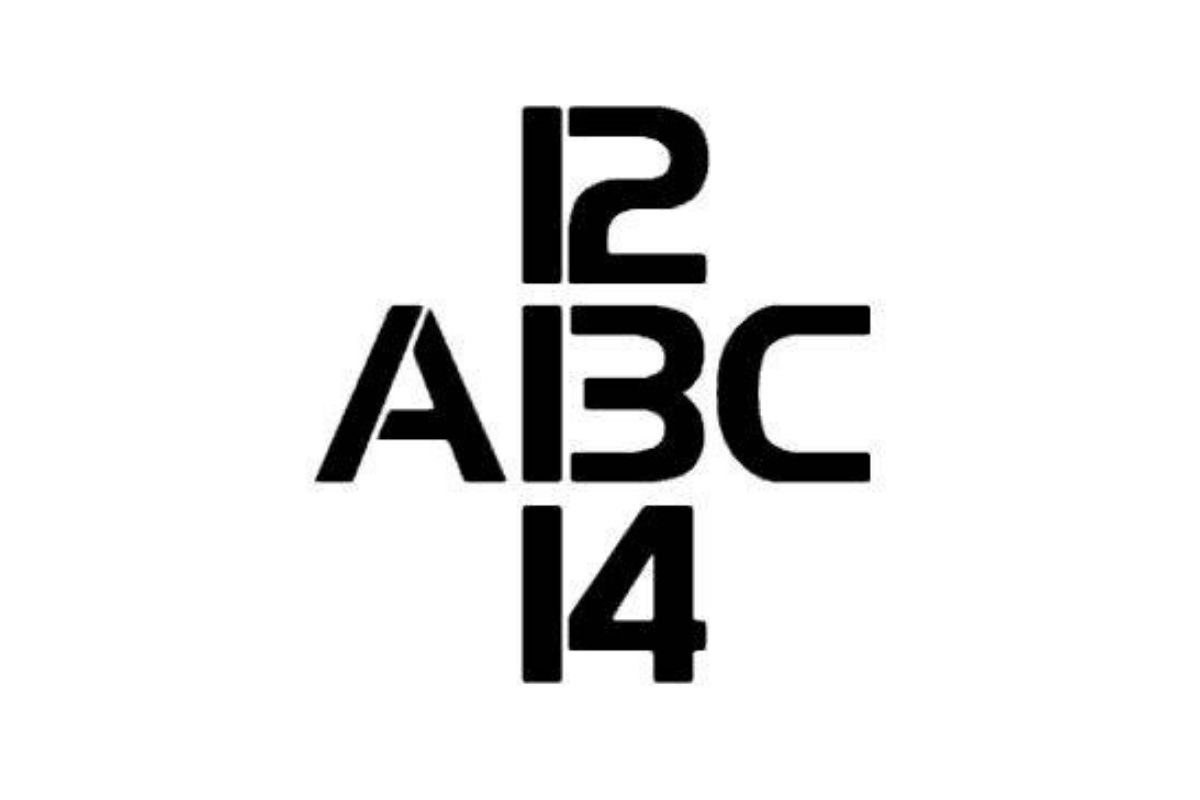
In simple terms, we are more likely to gravitate towards evidence that confirms what we think is true rather than not. (Some of us have probably interpreted the number 13 in the picture above as the alphabet B.)
Other scenarios of Confirmation Bias are:
- An author researching a topic of interest or an important issue may be more inclined to seek a disproportionate number of interviews with experts that support a view on the issue.
- Pilots in an aircraft with poor visibility are more inclined to interpret a wrong ‘open’ runway sign as accurate, ignoring instrumentation and advice by air traffic control. As an example, Confirmation Bias, among other things, claimed 83 lives on flight SQ 006 in October 2000.
So, we’ve identified a risk, but what does this mean in quality and food safety terms, and how do we control it?
Biased checking the checker systems related to food safety monitoring and verification activities increase the risk of a major non-compliance.
Here’s a checklist to mitigate this risk:
- Acknowledge that Confirmation Bias is a real and critical risk
- Foster a culture of open communication
- Implement a strong internal auditing culture
- Train all supervisors and managers to carry out proactive internal-audits
- Reward the early identification of potential hazards or risks
- Encourage an open-door policy about hazards and risks
- Initiate an email whereby staff can contact the CEO directly about any concerns or improvements
- Foster a culture of zero-blame
For an intuitive internal audit of your business or for smart audit training of your team email [email protected]
